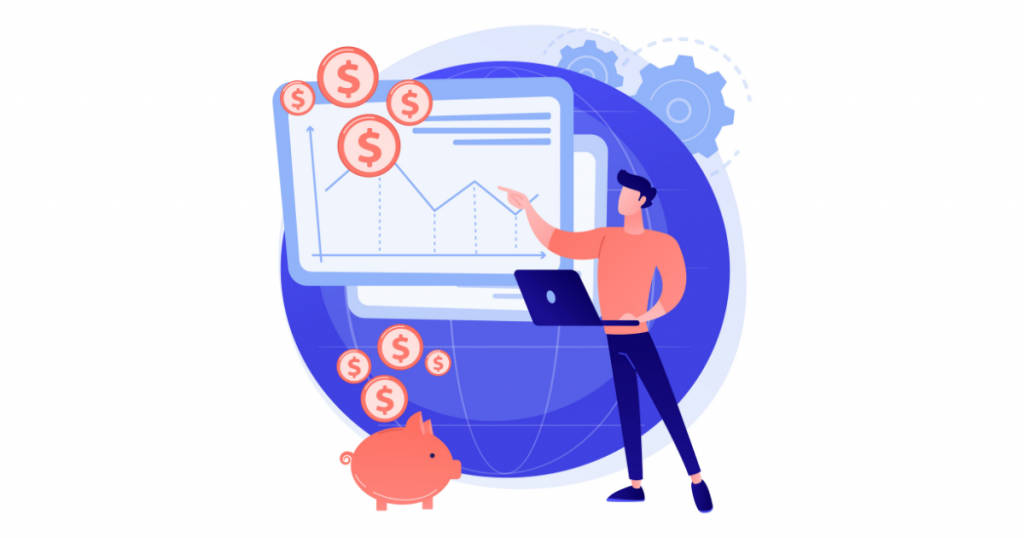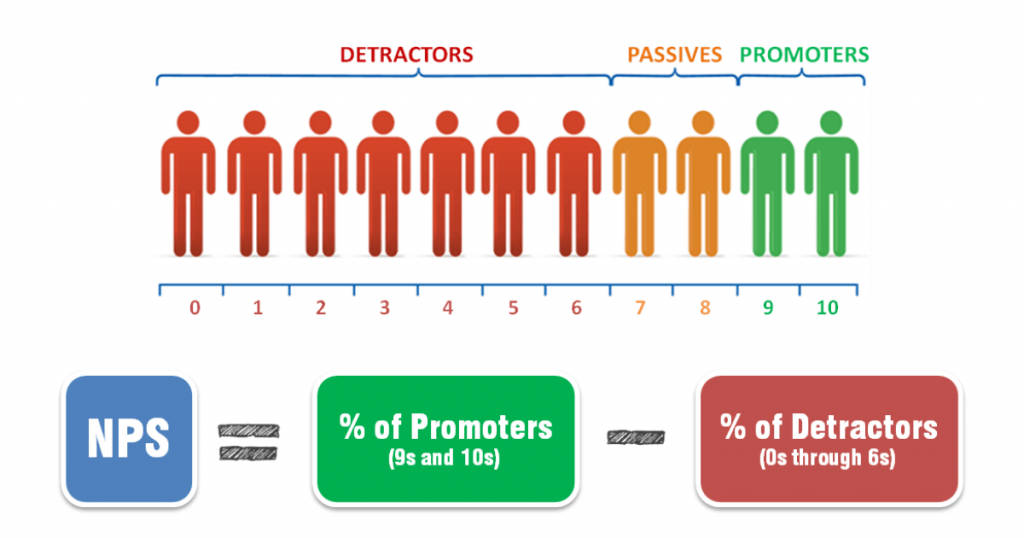
If you measure the growth of a SaaS business like a consumer goods company, there’s more than one reason to stop and think. Tracking (or not) key SaaS metrics can be a critical success factor. Think of it – a 20% growth might inspire awe in a different industry. But in SaaS, it means your business wouldn’t survive beyond a few years.
Your success depends on choosing the right B2B SaaS metrics. So, investing time in learning would be well worth it. Here’s a quick digest based on our observation of various SaaS businesses for years.
Table of Contents
Which are the top SaaS metrics?
Metrics vary with your business. Here we list the top SaaS metrics that are applicable for most businesses.
1. Annual recurring revenue (ARR)
Apart from acquiring new customers, a subscription-based business needs to ensure that its existing subscribers continue to use the service year after year and pay for it. By tracking only acquisitions for revenue growth, you risk losing a significant chunk of revenues. Also, acquiring new customers for increasing revenue is more expensive.
2. Monthly recurring revenue (MRR)
Most SaaS businesses offer multiple service packages differing by the features or the length of subscription. With customers opting for different packages, it is difficult to predict revenue over extended periods. Predicting annual revenues could also be a challenge.
In such cases, SaaS companies can track monthly recurring revenue to measure growth – as most subscriptions are at least a month long.

3. Recurring revenue growth
Without a growth benchmark, it’s difficult to understand if your business is expanding or gaining any traction in the market. Therefore, you need a metric for the same.
While ARR and MRR help you predict and establish a revenue baseline, comparing their growth month-on-month or year-on-year gives you a north star metric for growth.
4. Churn rates
Success in the SaaS business is heavily dependent on retaining your existing subscribers. If you see many customers moving to competition or ending subscriptions, it’s time to put on your introspection hat. However, churn rate is not just about losing customers – it’s one of the many possible types of churns.
Revenue and recurring revenue are other types of churns, which measure these two over a period. Recurring revenue churn is typically calculated over the previous period. For instance, if you had 100 customers in 2020 at $100 and 90 customers in 2021, the revenue churn would be –
2020 annual recurring revenue: 100 x $100 = $10,000
2021 annual recurring revenue: 90 x $100 = $9,000
Recurring revenue churn = (10,000-9,000)/10,000 = 1,000/10,000 = 10%
5. Cost of acquiring customers
B2B SaaS purchase cycles are typically long. You need to invest time, effort, and money in finding, engaging, and nurturing relationships with your customers. The whole process of trust-building and converting a lead to a paying customer comes with a cost. It is referred to as Customer Acquisition Cost or simply CAC.
Companies do well to keep CAC in check. It always helps to define an upper limit for it. You can accordingly plan your marketing and sales efforts. As a rule, your CAC should always be a fraction of the revenue contribution by a particular customer. That brings us to our next metric – customer lifetime value.

6. Customer lifetime value (CLTV)
Simply put, CLTV is the net revenue contribution of a customer over a period. This period could vary by business – from few months to years. Generally, the CLTV has to be three times your CAC for your business to be sustainable.
It is a crucial metric to track because it helps understand the type of customers you need to acquire for high and predictable revenue growth. Tracking CLTV could provide interesting and seemingly counter-intuitive insights.
For example, while large enterprise customers might seem like perfect target customers for your innovative SaaS product, you may soon realize they use your product for a short time. Given the scale, they may find developing in-house solutions more feasible. On the other hand, mid-tier businesses might continue to rely on you for years.
7. Renewal rate
What percentage of your customers renew their subscriptions? That’s the renewal rate for you. While it sounds like customer retention, it is only a part of it. The renewal rate applies to only those subscriptions that have ended and not to the customers.
For the sake of understanding, assume you have just one customer. Say this customer might have subscribed to multiple packages/products but renewed only 50% of it. So, your renewal rate is 50% – whereas customer retention is 100%.
Knowing which services customers are choosing not to renew helps you plan and improve your product offerings.
8. Revenue retention
Revenue retention is a metric specific to a customer or group of customers. For example, if customers X, Y, and Z contributed $100 to your revenues last year and $50 this year, your revenue retention from these three customers stands at 50%.
If it is $100 for both years, your revenue retention is 100%. This $100 could have come from the same products or different; revenue retention is calculated at the account or group level.
9. Revenue expansion
When a customer upgrades to a more expensive plan, it is called revenue expansion. The expansion happens only when customers have realized the value of your product. So, revenue expansion is also an indication of the strength of the product. By providing customers options to upgrade, you can also reduce your churn rates. Hence, revenue expansion is also referred to as negative churn.
Companies that develop a product roadmap based on customer feedback tend to experience significant revenue expansion. Moreover, realizing increased revenues from the existing customer base is always cheaper than acquiring new customers.
10. Net promoter score
One of the key SaaS startup metrics is the net promoter score. It helps SaaS companies, particularly startups, gauge the satisfaction level of their customers.
You can do it by asking a simple question: “How likely are you to recommend us to a friend or colleague?” Customers are then asked to respond on a scale of 10. It is calculated as represented in the image.

NPS is a critical metric to track for SaaS businesses as most of them focus on specific sectors. It helps them refine their product to meet client requirements better.
Conclusion
The rule of thumb, like with any other business, is to ensure your revenues are more than your costs. However, given the nature of SaaS, and its impact on customers, the fundamentals are significantly different from most other businesses.
If you have to succeed as a SaaS business, you must focus on
• Strengthening your existing revenue streams
• Reduce churn
• Focus on revenue expansion
• Ensure CLTV is always greater than CAC
• Prioritize customer satisfaction
This SaaS metrics cheat sheet will help you get there to attain sustainable and meaningful growth.
Also read:






